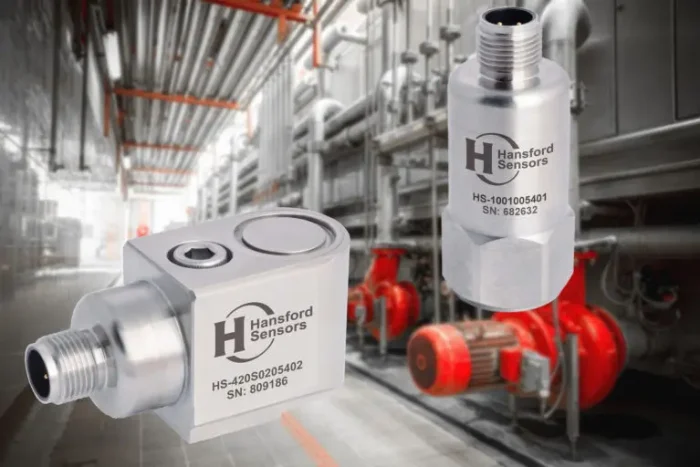Detect bearing failure at the earliest possible stage

Vibration analysis has fast become an essential tool in the modern maintenance team’s toolkit. With a few carefully placed sensitive accelerometers you can detect and analyse the vibrations from industrial equipment, identifying problems such as misalignment or bearing imbalance which may lead to machine damage and failure.
But what happens when the identifying signal is drowned out by the other noise emanating from a machine? In most cases, the vibrations are missed and what began as a minor issue develops into problems that are often expensive and time consuming to fix.
This is where acceleration enveloping comes in. Still relatively unknown among some in the service and maintenance community, this technique truly is worth its weight in gold.
It works by progressively filtering out unwanted parts of the vibration spectrum until the signal of a bearing defect can clearly be seen – extracting low level, repetitive vibrations from the noise around it.
This enables engineers to overcome the limitations of conventional velocity spectrum measurements and detect the failure of components – such as rolling element bearings – at the earliest possible stage. The rate of wear can then be monitored and maintenance work planned accordingly – protecting your assets and productivity in the process.
However, keep in mind that while acceleration enveloping may seem to be the definitive answer to detecting bearing failure, it cannot be universally applied to any machine. The technique detects faults involving repetitive, metal-to-metal interactions. Anything that masks this, such as gaskets or dampers, may put a machine outside its scope of use.
For this reason, implementing it as part of a wider monitoring and analysis is the best, most effective and safest option.
View our range of products including 100mV/g accelerometers and 4-20mA transmitters here, or get in touch with a member of our team.
